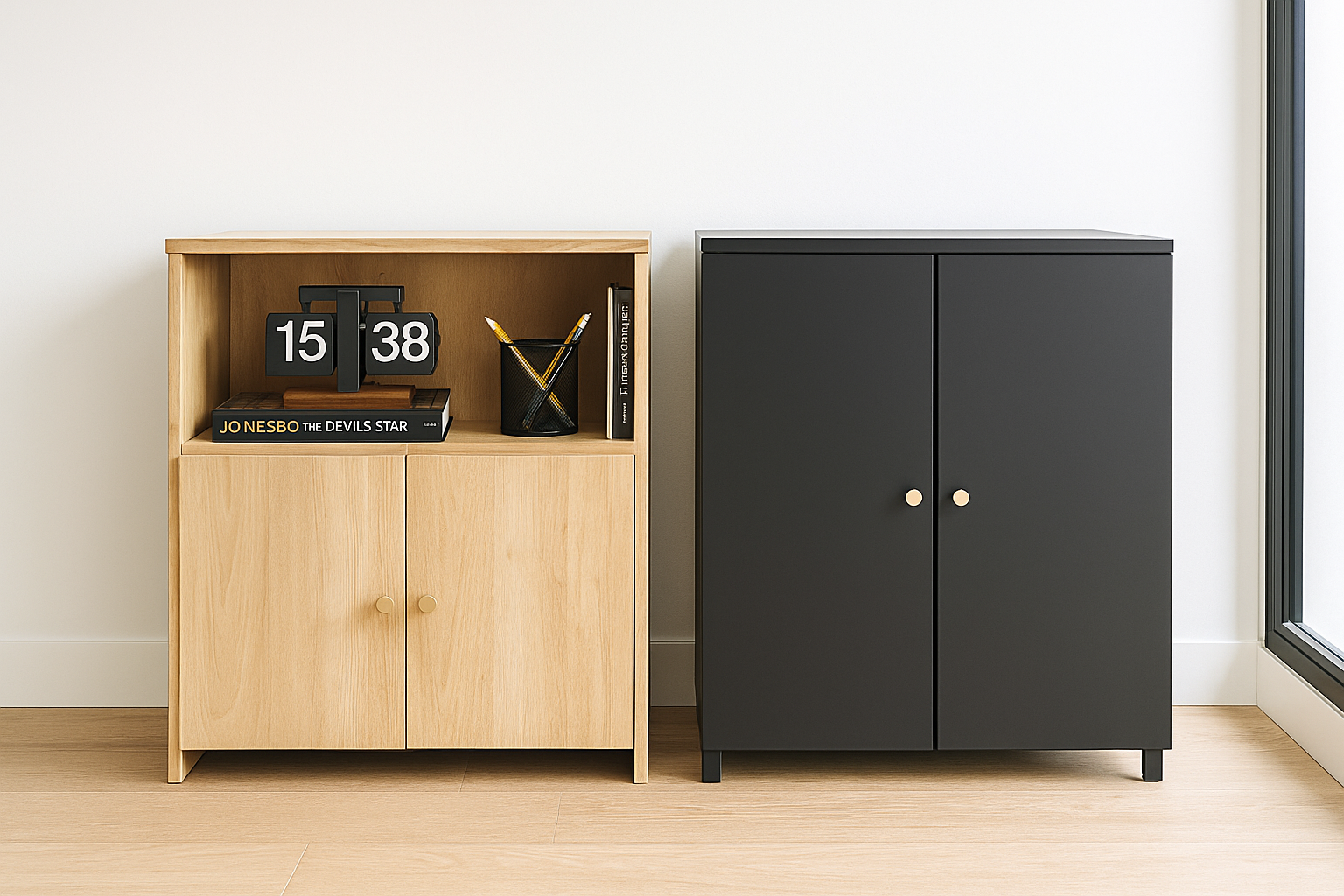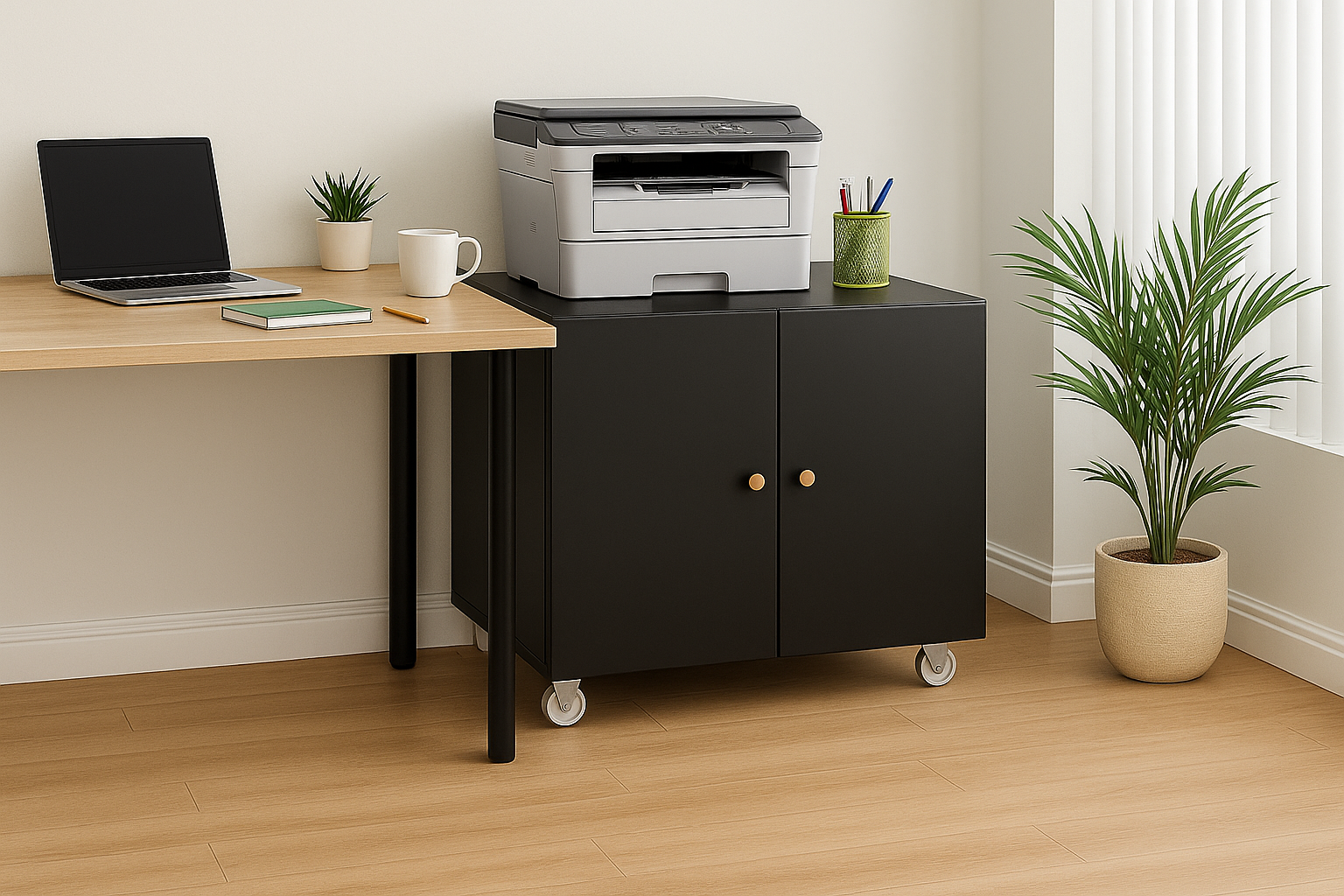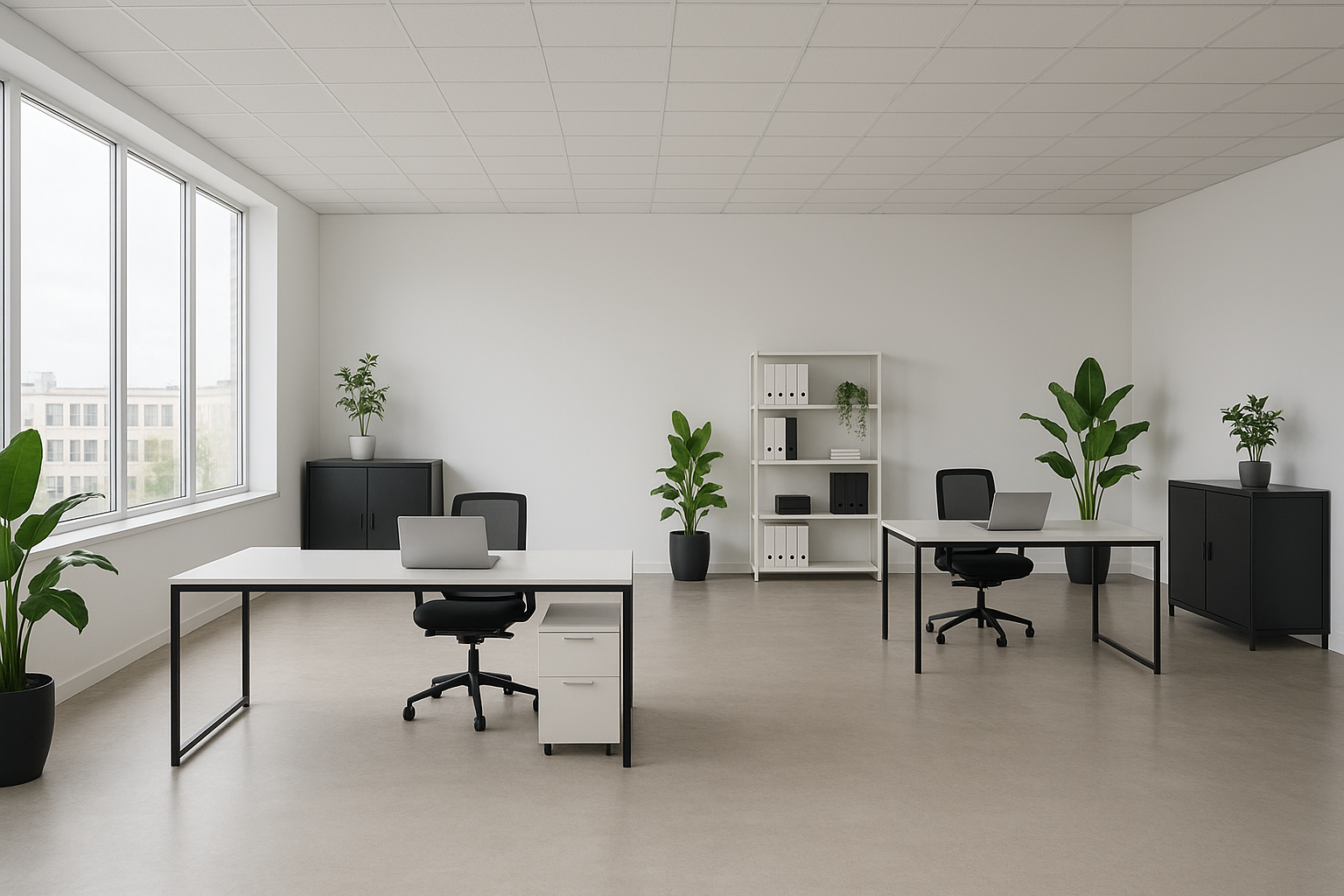
Steel Furniture and Sustainability: A Greener Future
Sustainability has become one of the defining issues of our time. From global corporations to individual households, the choices we make increasingly reflect a concern for the environment and the future of our planet. Within the furniture industry, this shift is especially visible as manufacturers and consumers alike seek solutions that balance functionality, durability, and ecological responsibility. Steel furniture, often underestimated compared to wood or plastic, has emerged as a leading candidate for a greener future.
Durability: The First Step Toward Sustainability
One of the greatest environmental costs of furniture is frequent replacement. Wooden or plastic pieces often wear out, chip, or deform after only a few years of use, leading to waste and additional resource consumption. Steel furniture, however, offers unmatched durability. A well-made steel cabinet, desk, or shelving unit can last decades with minimal maintenance. By extending product life cycles, steel reduces the need for constant production and disposal, easing pressure on natural resources.

Recyclability: Closing the Loop
Steel is infinitely recyclable without losing quality. At the end of its useful life, a steel cabinet can be melted down and transformed into raw material for new products. Unlike many materials that degrade when recycled, steel retains its strength and integrity. This positions steel furniture at the heart of the circular economy, reducing landfill waste and supporting a continuous loop of production, use, and reuse. For businesses and consumers committed to sustainability, this recyclability offers peace of mind and tangible environmental benefits.
Eco-Friendly Manufacturing: Cleaner Processes, Smarter Technology
Sustainability is not only about what a product is made of, but also about how it is made. Modern steel furniture manufacturing has embraced eco-friendly technologies:
-
Powder Coating: Unlike solvent-based finishes, powder coating produces minimal volatile organic compounds (VOCs) and generates less hazardous waste. It provides a durable, attractive finish while protecting the environment.
-
Automation and Efficiency: Automated cutting, welding, and assembly optimize material use and energy consumption. This reduces scrap metal and lowers greenhouse gas emissions.
-
Energy Integration: Some manufacturers are integrating renewable energy sources, such as solar power, into their production facilities, further lowering the carbon footprint of steel furniture.
Design Innovation: Style Meets Sustainability
Gone are the days when steel furniture was purely utilitarian. Today, designers are reimagining steel as part of modern, elegant, and versatile interiors. From minimalist office desks to multi-functional storage units, steel’s adaptability allows for contemporary styles that meet both aesthetic and practical needs. The combination of strength, slim profiles, and customizable finishes makes steel furniture ideal for modern living spaces where sustainability and design go hand in hand.

Steel vs. Wood: A Responsible Comparison
While wood is often marketed as “natural,” its sustainability depends heavily on responsible sourcing and forest management. Unsustainable logging leads to deforestation, biodiversity loss, and higher carbon emissions. Steel production, though energy-intensive, is increasingly powered by recycled materials and cleaner technologies. Over its full lifecycle, steel furniture can have a lower environmental impact than fast-furniture wooden alternatives, especially when durability and recyclability are taken into account.
Meeting Global Consumer Expectations
Today’s customers, particularly in international markets, are looking for eco-friendly solutions. For offices, schools, hospitals, and homes, sustainable furniture is becoming a key purchasing factor. By choosing steel furniture, buyers are investing in long-term durability, responsible material use, and lower total costs of ownership. For manufacturers, embracing sustainability is not just about compliance—it is about building trust and competitiveness in a global market.
Toward a Greener Future
The future of furniture lies in sustainable design and responsible manufacturing. Steel furniture, with its unique combination of durability, recyclability, and eco-friendly production, is already leading the way. As technology advances and environmental standards tighten, the role of steel will only become stronger. Choosing steel furniture is more than a practical decision—it is a commitment to a greener, more sustainable future.



Dejar un comentario
Este sitio está protegido por hCaptcha y se aplican la Política de privacidad de hCaptcha y los Términos del servicio.